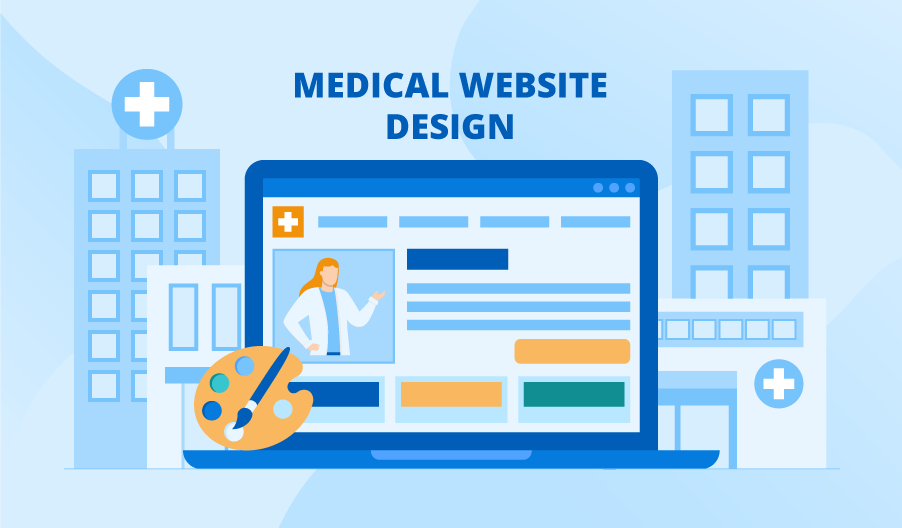Designing a healthcare website is crucial for a number of reasons. The most obvious reason is a need for more patient engagement. Increasingly, patients are navigating their health information online instead of speaking with an actual human. While this has been made possible by advances in technology, it still seems that patients are missing out on the human interaction. Adding images of real people or places will help make your website more relatable, as well as increase engagement.
CTAs
Creating effective CTAs involves knowing who your target audience is and what they are looking for. Consider what a member of a health plan or a patient wants. For example, if you are a pediatrician, ask yourself: What do pediatricians and primary care providers need? You will also want to understand the different personality traits of HCPs and patients. Do check hospice care provider.
The first thing to consider when creating CTAs for healthcare website design is your target audience. You should be aware that your website visitors are first-timers and may know very little about your practice. They may be curious about what services you offer or how to contact you. That’s why you want to make it easy for them to take the action that they want. There are many different ways to use CTAs to achieve this.
Taxonomy
When designing a patient portal, a healthcare website designer needs to use taxonomy in order to organize content effectively. Patients can then compare different patient portals based on their features, including their engagement levels. The TOPCOP taxonomy is a useful starting point for functional requirement specifications. It is also useful for categorizing scientific publications.
A good taxonomy should be a collaborative effort between the information architect and the UX designer. These individuals can help define terms and categorize content and can also help you understand how your target audience will use your content. Developers can also be involved in this process.
Search function
The search function plays an essential role in the user experience of a healthcare website. A well-designed search function puts the user in control of their search, while a poorly designed search can frustrate users and lead to abandonment. Fortunately, there are a variety of ways to improve the search experience on a healthcare website.
First, healthcare website design should be clean and uncluttered. Avoid using outdated color schemes, hard-to-read fonts, and spammy-looking styles. Secondly, healthcare websites should be simple and easy-to-use.
Provider directory
A provider directory on a healthcare website is a critical element in patient navigation. It enables patients to search for a doctor or specialist by location or specialty. These directories are now common on websites throughout the healthcare industry, and they help direct patients to the right medical provider and increase conversions.
The functionality of a provider directory is important to patients, but it can also impact your visibility in search engines. Google scrutinizes healthcare provider directories, and a poorly designed one can impact your visibility in search results. It can also make your website unusable and a patient’s experience frustrating.
Human-like design
A human-like healthcare website design is an essential part of patient-centric health care. It focuses on patient needs and avoids self-centered strategies such as long “about us” sections and boastful homepages. The key to a human-like healthcare website is simplicity, and the user should be able to find information quickly and easily.
Health care websites are important customer-service tools, and they must create a positive experience for their clients. This means creating a website that guides users to the most important touchpoints such as making an appointment or obtaining personal data. The right design also helps build a relationship with the user. For example, a healthcare website should be accessible to users with disabilities. Many digital agencies don’t design accessible websites, but this is a critical part of patient-centered design.
